DESCRIPTIF EN FRANCAIS (FR) : (SEE ENGLISH DESCRIPTION (EN) BELOW)
DESCRIPTION GEOLOGIQUE
Ce site singulier, situé au lieu-dit "Janone", entre Istres et Miramas, le long de la RD16, correspond à une zone protégée depuis 1985 référencée sous le nom de "coupe géologique de la rive occidentale de l'étang de Berre".

On y observe, sur 200 mètres de long, et face à une zone de baignade autorisée mais non surveillée de l'étang de Berre, une coupe géologique dont la particularité est une accumulation de grosses huîtres fossiles datant de 16 à 20 millions d'années, que l’on appelle "Lumachelle", située dans sa partie supérieure.
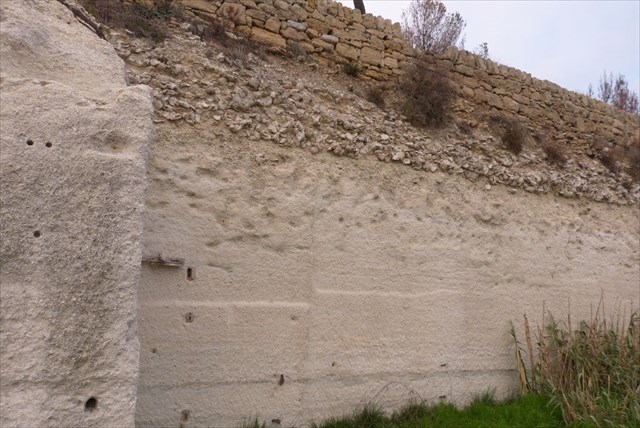
Depuis le parking (= coordonnées PZ), on observe la coupe caractéristique du Miocène (Burdigalien), qui montre des fossiles attestant de la présence d’une ancienne mer chaude, peu profonde, là où se trouve maintenant l’étang de Berre. Elle indique l’évolution progressive d’un milieu littoral périrécifal agité (base de la coupe) vers une période plus calme (sommet de la coupe).
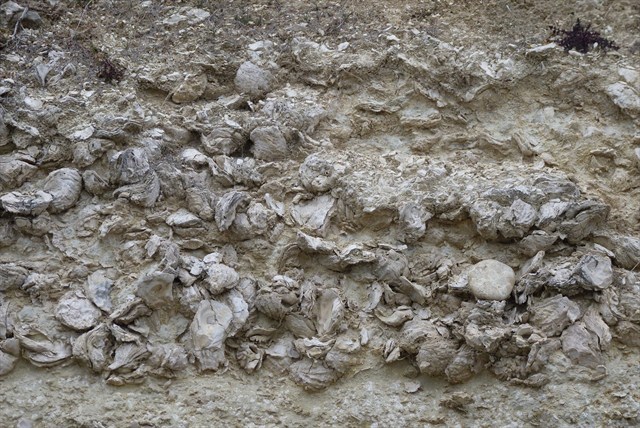
Au-dessous de la couche supérieure constituée par l'accumulation de ces grosses huîtres fossiles appelées "Ostrea squarossa", on observe une formation détritique plus fine constituée d'une multitude de débris bioclastiques (débris d'organismes fossiles), de couleur blanc-jaunâtre.
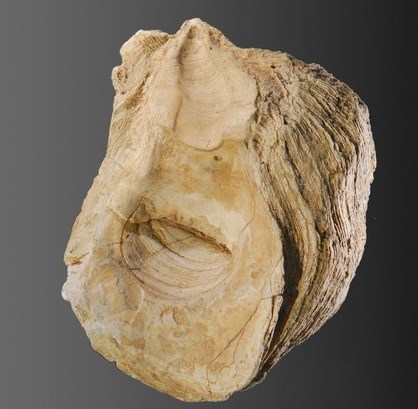
Ostrea squarossa
Si vous observez bien cette formation inférieure, vous pouvez y reconnaitre des fragments des organismes ci-dessous :
1/ Algues rouges ramifiées (Lithothamniées), qui forment des encroutements plus ou moins branchus et blancs :
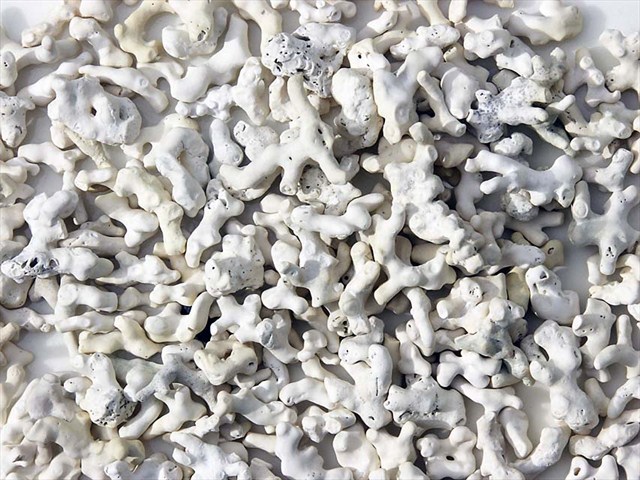
2/ Algues rouges calcaires en boules (Lithothamniées et Mélobésiées) :

3/ Dents de requins de type "Mégalodon". Ces requins pouvaient mesurer jusqu'à 10 mètres de long :

4/ Bryozoaires branchus, favorisant la construction des récifs coraliens :
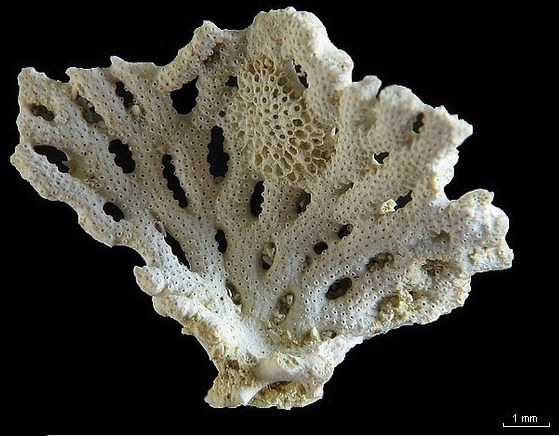
5/ Lamellibranches bivalves de type "Gigantopecten ziziniae" :

6/ Oursins plats de type "Scutella" :

Recommandations pour une gestion raisonnée du patrimoine naturel : conserver ces lieux intacts, en évitant les mouvements de terrain, les prélèvements de matériaux, les remblais et les déblais. Ne pas faire de publicité particulière autour de la présence de fossiles sur le site, ce qui suffit souvent à éviter tout acte de vandalisme mercantile.
POUR VALIDER CETTE EARTHCACHE